Getting students stoked about science on STARS Neuroscience Day at UTSW
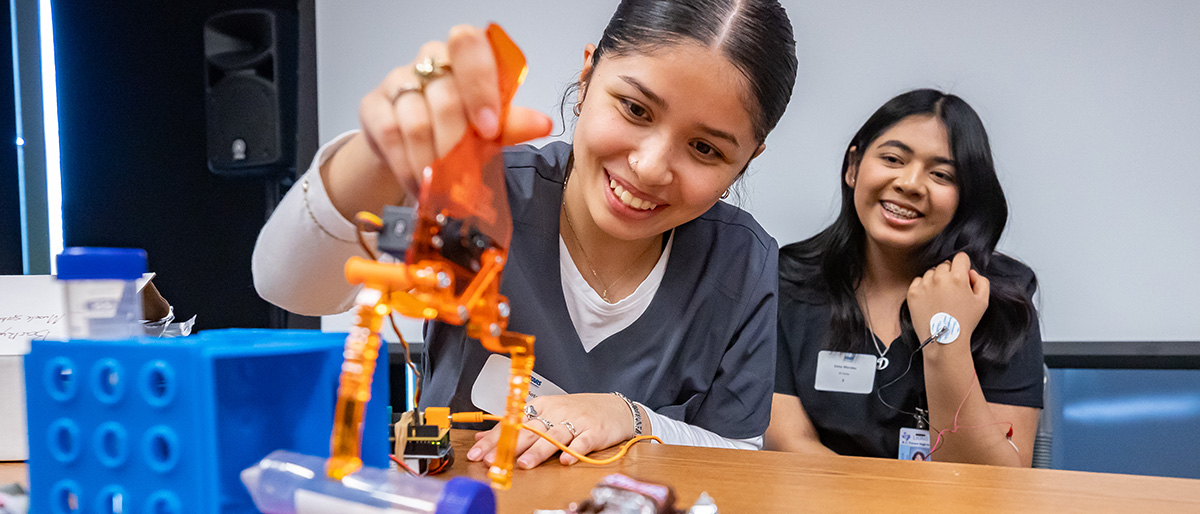
Using electrical signals to control a robotic claw proved to be quite a challenge for the middle and high school students participating in a demonstration on electrophysiology at the STARS Neuroscience Day.
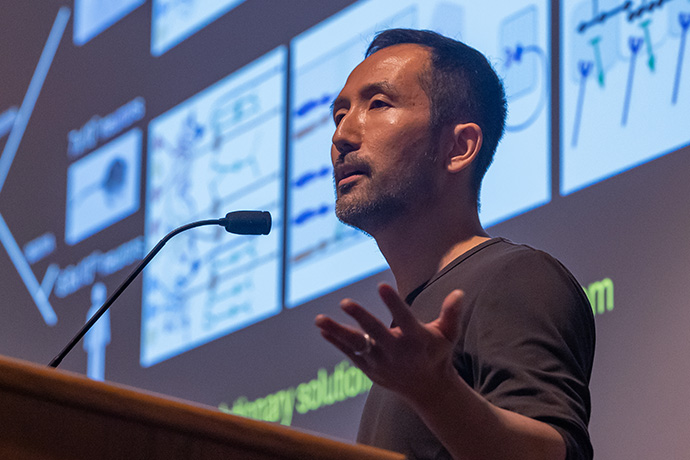
“Give it a strong squeeze,” said Alex Pope, a fourth-year graduate student in neuroscience at UT Southwestern, who attached electrodes to the participants’ arms and coached them as they struggled to grab a toy mouse from a box and then pick up a test tube without spilling its contents. “It helps to turn your wrist in.”
After a few tries, Samuel Thang, a senior at R.L. Turner High School, succeeded. He picked up a piece of candy as his reward and took home a better understanding of electrophysiology.
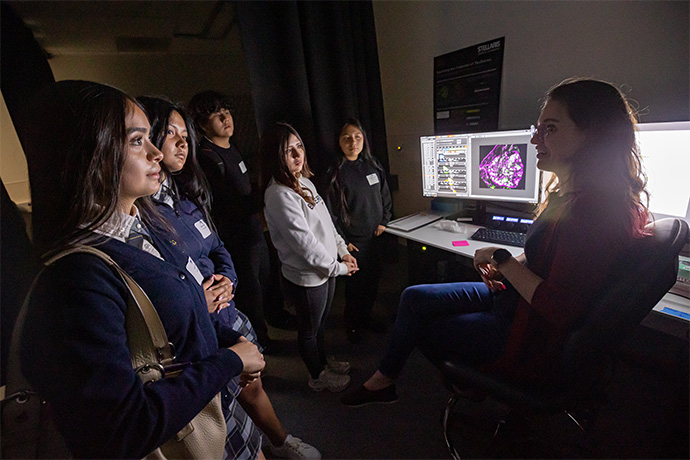
“It was a really cool experience to see how electrical conductivity works,” he said.
The goal of the activity was to teach students about electrophysiology by showing them how to record signals, Mr. Pope said. They also learned how these signals can be used in other applications, like controlling prosthetics.

The demonstration was just one of many at the STARS (Science Teacher Access to Resources at Southwestern) Neuroscience Day, which included numerous immersive, hands-on activities, tours, and lectures. Students performed optical illusions to understand how the brain interprets visual information, made a routine DNA extraction using household items, and observed how MRI works. They also toured the Peter O’Donnell Jr. Brain Institute.
More than 200 middle and high school students, plus teachers from Carrollton-Farmers Branch ISD, Richardson ISD, Uplift Education, and Harmony Public Schools, attended the April 4 event that was held on UTSW’s North Campus.
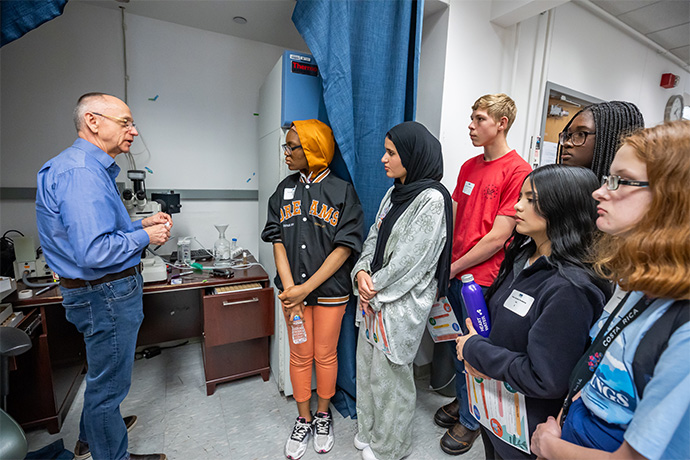
“This unique opportunity enabled students from various districts to immerse themselves in the captivating world of neuroscience and envision future STEM careers,” said Lynn Tam, STARS Associate Director.
NeuroCOM, a UTSW committee dedicated to fostering a sense of community, outreach, and mentoring, approached STARS about offering a day of activities for students. STARS partnered with the UTSW Department of Neuroscience and reached out to the school districts to make it happen.
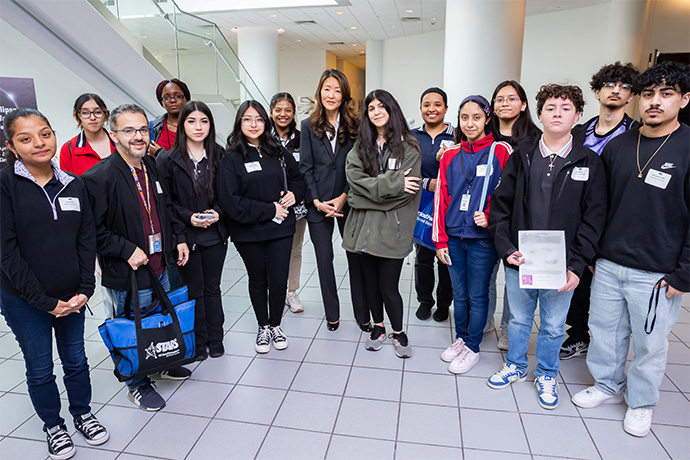
STARS, a nationally recognized, award-winning program, was developed in 1991 to improve the quality of education in North Texas by making UTSW’s vast educational resources available to middle and high school teachers and students. Since its inception in 1991, the scope of STARS has grown to more than 20 no-cost programs or projects – such as workshops for teachers – and has served an estimated 160,000 students from 5,500 schools.
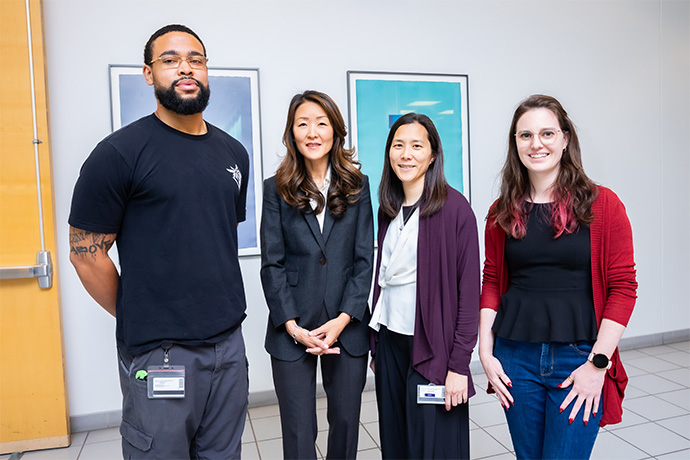
STARS provides students with opportunities they would likely never get otherwise, said Sophia Brown-Parrish, RN, a teacher at the BioMed Academy at R.L. Turner High School. The Academy trains students in many aspects of health care professions.
“All of these students are future doctors, nurses, and health care providers,” she said. “Being here today helps them get an idea of what their future holds.”
Sayuri Amezcua, an eighth grader at Uplift, said she came away inspired by the demonstrations and lectures.
“I want to go to medical school,” she said. “This really sparked my interest even more.”

